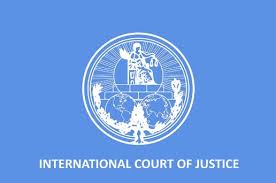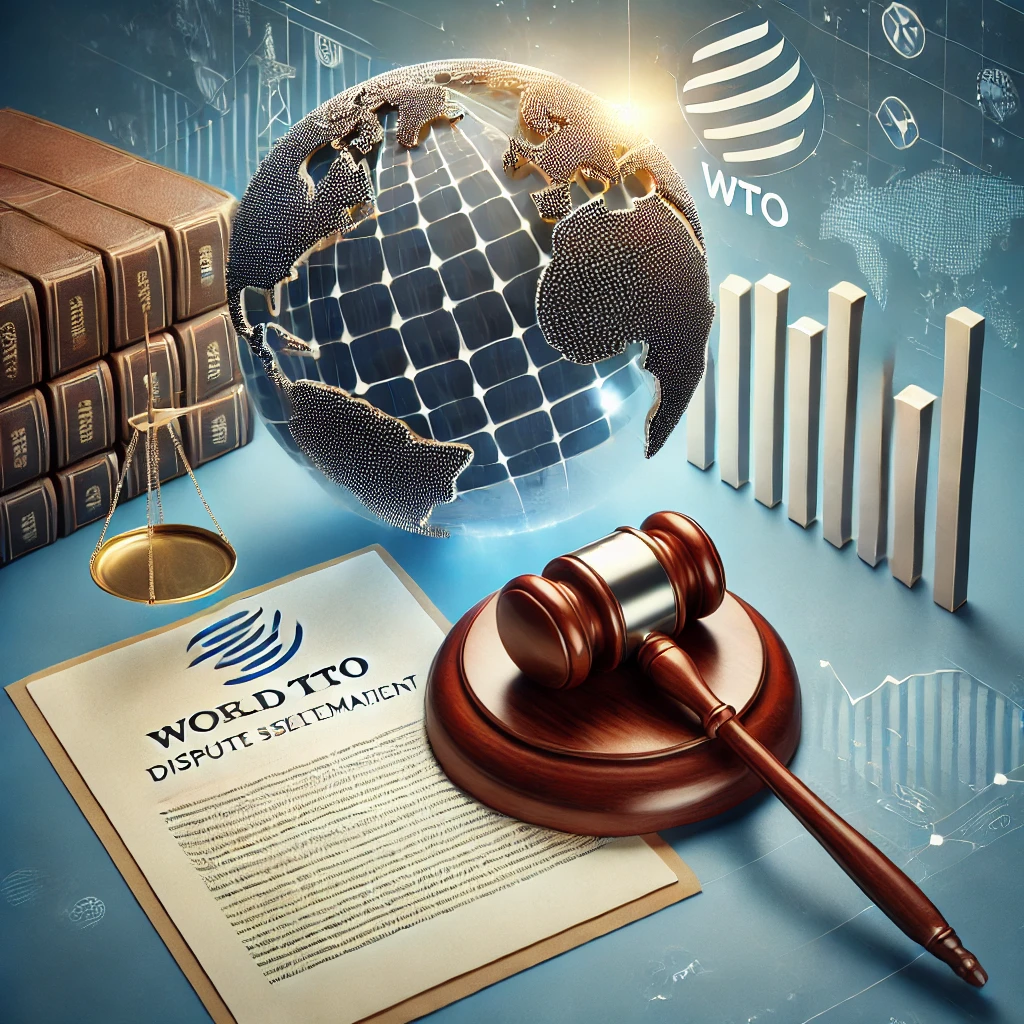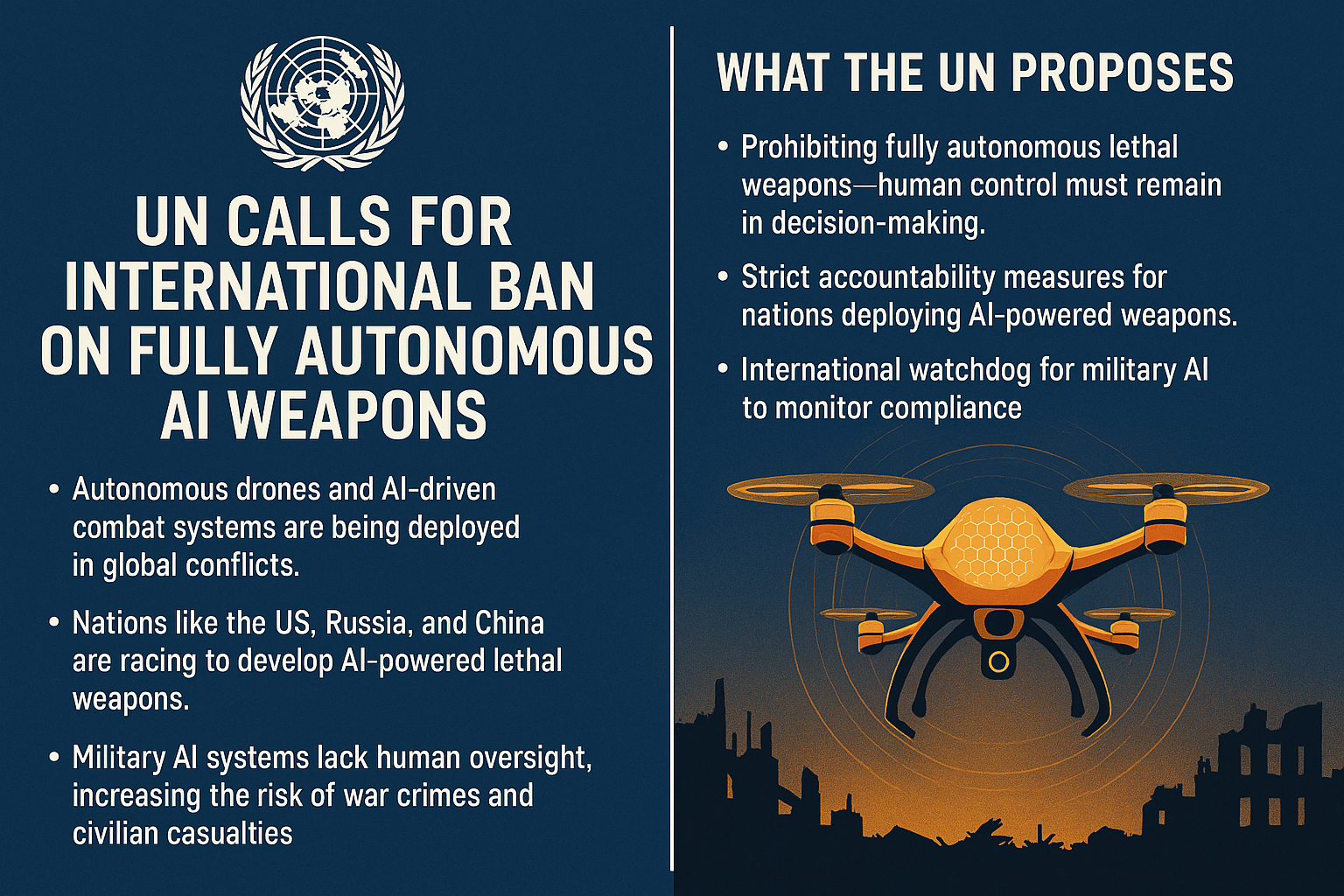International Trade Law and Competition Law
🔹 International Trade Law
Definition:
International Trade Law governs the rules and regulations that countries must follow in their trading relationships with one another. It focuses on the exchange of goods, services, and intellectual property across borders.
Key Features:
Public International Law-based: Deals mainly with state-to-state relationships.
Main Objective: Liberalization of trade, reducing barriers such as tariffs and quotas.
Institutions:
World Trade Organization (WTO) is the primary global body overseeing trade rules.
Regional trade agreements (RTAs) like the EU, USMCA, ASEAN, etc.
Key Principles (WTO Law):
Most-Favoured-Nation (MFN): Equal treatment to all WTO members.
National Treatment: Imported goods must be treated no less favorably than domestic goods.
Prohibition of Quantitative Restrictions: Against quotas and limits.
Dispute Settlement Mechanism: WTO panels and the Appellate Body.
🔹 Competition Law (Antitrust Law)
Definition:
Competition Law regulates anti-competitive conduct by companies and ensures fair competition in markets. It’s mostly domestic or regional but has cross-border implications.
Key Features:
Private Law-based: Typically enforced by national/regional authorities against private firms.
Main Objective: Promote market competition and protect consumers.
Major Jurisdictions:
European Union (EU Competition Law)
United States (Sherman Act, Clayton Act, FTC Act)
Other countries with competition authorities (e.g., India, Brazil, South Africa)
Main Areas of Enforcement:
Cartels: Price-fixing, bid-rigging, market-sharing.
Abuse of Dominant Position: Predatory pricing, refusal to supply, etc.
Merger Control: Preventing anti-competitive mergers and acquisitions.
🔄 Interaction Between the Two Fields
Conflict and Tension:
Trade liberalization (e.g., opening markets) may conflict with national competition policies.
Subsidies and anti-dumping measures permitted under trade law can distort competition.
Overlap in Objectives:
Both aim to ensure market access and reduce distortions.
Both promote economic efficiency and consumer welfare.
WTO and Competition:
WTO doesn’t have a formal competition law agreement, but some disciplines (like TRIPS, anti-dumping, and state aid) intersect.
There have been efforts (like during the Doha Round) to introduce competition law in the WTO, but no consensus was reached.
Regional Trade Agreements (RTAs):
Many modern RTAs include competition provisions (e.g., EU, USMCA, TPP).
Some have mutual cooperation clauses between competition authorities.
📘 Example Topics for Deeper Study or Essays
The role of competition policy in WTO dispute settlement.
Comparative analysis: US vs EU competition enforcement.
How RTAs are incorporating competition law disciplines.
Digital markets: Competition law challenges in cross-border e-commerce.
State-owned enterprises, subsidies, and their treatment under trade vs competition law.
Do write to us if you need any further assistance.


























0 comments